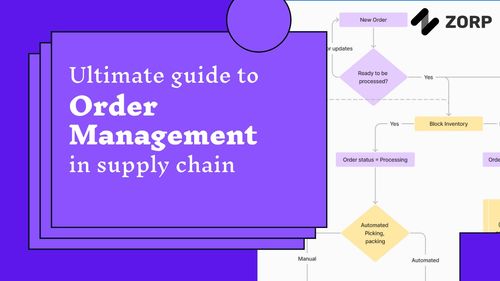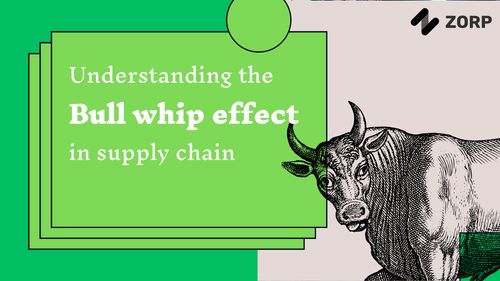If you don’t understand how to calculate the unit economics of your business, you have a problem. This is not something your finance department will do. You as a business owner need to know every aspect of your business economics so you can keep a track of them. This is irrespective of whether your little startup makes money or not.
In this short post, we’ll talk about the fundamentals of how to calculate your business unit economics. The model we will build here is generic but with 5-10 min effort, you should be able to substitute it for your specific business.
This is a good place to define what is Unit Economics. In simple terms, unit economics is supposed to show the structure of how much money you make and through what it means for every unit of product or service you sell.
A little sophisticated definition of unit economics is to understand how the cost and revenue of your business play out for every unit of your basic goods and services.
Every For-Profit business aims to make profits. That’s the ultimate goal when we calculate unit economics. We’ll start with that.
Profits = Revenue - Costs
Here,
Profit = Money you make as a business
Revenue = What your customers pay when they purchase your product/service
Costs = The money you pay to your vendors for running the business.
Let’s split revenue now.
Revenue = Quantity * Price
Quantity = Number of products/services sold
Price = Price per product/service
The price here is a weighted average of all the different products/services. If you have additional streams of revenue like people renting out your equipment or paying you royalty, you can fold all of them into the above buckets easily.
As a business, if you want to make more money and improve your unit economics, a good strategy would be to sell more goods/services and/or sell them for a higher price. There are business models where both work. For eg., Amazon sells a lot of products at a lower price. Whereas Rolls-Royce sells very few products at a very high price. Both of these work very well. You need to choose what is right for you.
Cost is one of the most complicated pieces you need to figure out. But the definition is simple.
Cost = COGS + Administrative Costs + Labor + Miscellaneous
COGS - Cost of Goods Sold. This is how much money you spend to make the final product you want to sell.
Administrative Costs - This is rent, electricity, water, tax and other items. This even includes your legal and financial costs.
Labor - This is people. When you start scaling your business, you definitely need to hire people. When you pay them, it is added to Labor costs
Miscellaneous - There are expenses that often show up when you don’t expect them. They could be bucketed under miscellaneous expenses.
The easiest way to figure out your costs is to go to your bank statement and see how much you’re spending every month. An even better way to do that is to calculate the average of your last 4 month expenses. That is more accurate.
Explore how to calculate your business's unit economics for a clearer financial perspective here.
We can get into each of these categories in detail but that’s for some other post. I’m also attaching a simple calculator that you can use as a playground. Hope this helps you understand the unit economics of your business better.
For businesses handling last-mile delivery, it's crucial to keep costs in check by understanding unit economics. Dive into the details with our article on the Unit Economics of Last Mile Delivery Operations.

We've shared a sample calculator for you to get started with your unit economics calculation.


